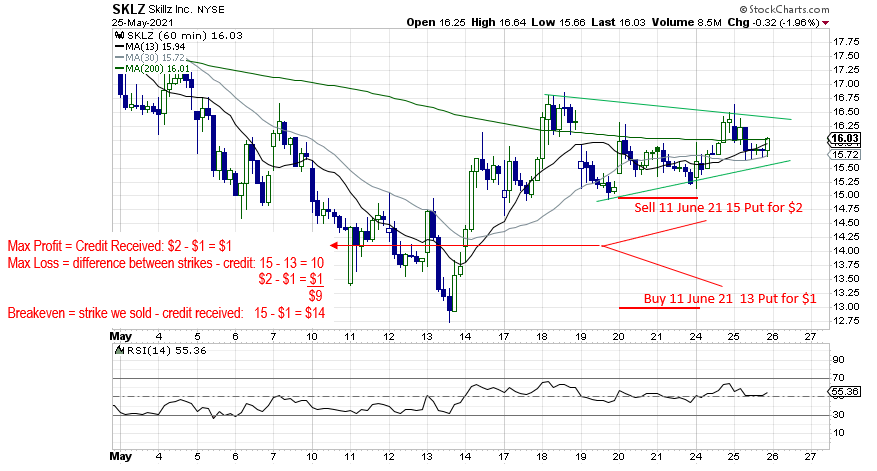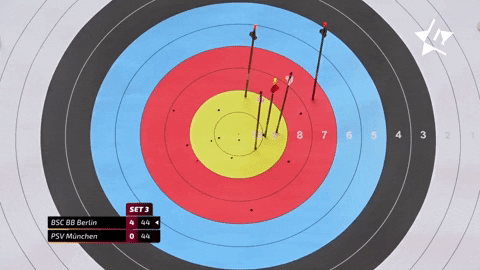The battle between fundamentally and technically minded traders is one that has raged for decades.
As the years go by, however, more-and-more market participants are realizing the value of combining these two forms of analysis.
Fundamental analysis tells an investor what to buy or sell and technical analysis tells you when to buy or sell.
Among Wall Street analysts, there are two primary designations that are sought. The CFA (Chartered Financial Analyst), which is what fundamental analysts look to acquire, and the CMT (Chartered Market Technician), which is what top technical analysts hold.
A long-running joke between these two organizations is that the CFA will help you get the job, but the CMT will help you keep the job.
This is probably because it can often take several quarters for a company’s fundamental picture to translate into an anticipated market move, but the company’s technical picture helps prevent the analyst from being too early or too late in timing of his or her official upgrade or downgrade
Timing is everything in options
I often preach that while fundamentals trump everything, technicals are critically important in options trading because of the time element involved.
Think about it. If you’re simply trading or investing in stocks, time really isn’t a consideration.
Sure, the subject of time is a factor when we’re concerned about a trade being classified as a long-term or short-term taxable investment, or if we are trying to avoid executing a “round trip” trade or violating “wash sale” rules.
However, in all of these cases, the passage of time does not cause the value of the investment to lose value.
In the world of options trading, however, time is everything.
The time portion of an option’s price decays over time and will always become zero at expiration.
Therefore, it is essential to understand how to use patterns and other indicators like momentum and moving averages to help identify windows when price is poised to either move aggressively or remain rangebound.
My Total Alpha trade ideas are largely based on a variety of technical price patterns and moving average signals.
The patterns on the hourly charts that I find work best for me allow me to position near key price levels (support during bullish patterns and resistance during bearish patterns) ahead of an anticipated breakout.
You may find that this approach differs from how many other traders enter positions, which is to chase the trade after a breakout.
But I find my method to be more effective at helping my subscribers both define and limit their risk.
Certain options strategies offer better probabilities than others
One of the problems that many beginner traders have is that they think in terms of success or failure, when the key is to actually think in terms of probability.
Something you might not realize about trading options is that each strategy has quantifiable odds of success. There are no guarantees and no one can predict what trading markets will do at any given time, but that does not mean there are no considerations to keep in mind.
When they are just starting out, many options traders gravitate to trading just puts and calls.
Since these single-leg strategies are the easiest to understand and offer the greatest potential for profitability, this preference is certainly understandable.
What they fail to grasp, though, is that these options are the most vulnerable to losing their value as time passes.
The process of learning how options work and how to trade them successfully is one that requires study and a lot of practice. Total Alpha members have total access to comprehensive educational materials such as our Stock Options Explained curriculum, which is designed to help you reach your goals of becoming a successful option trader.
As I mentioned earlier, however, options traders can find higher probability trading strategies.
Rest assured, many of the Total Alpha trade ideas members receive are centered around these strategies that seek to increase probabilities, such as with bullish and bearish vertical credit spreads when trading options.
Why?
Because time is a trader’s friend when using these strategies.
Not only that, but the price of the stock really doesn’t have to do anything during the life of the trade.
Let’s take a look at how I use technicals to structure these trades.
As I mentioned earlier, I use several different price patterns to help give me an edge in terms of timing and risk management.
One of the patterns I favor is called a Pennant pattern.
Pennant patterns are brief periods of contracting, sideways consolidation that are preceded by a sharp rally (known as the flagpole) and followed by an equally sharp rally.
I’ve annotated such a pattern with green lines on the chart directly below.

Given that the rules of this pattern state the bottom of the Pennant can’t be violated by price, I am able to use the starting point for the bottom of the pattern near $15 to set up a Bull Put Vertical Credit Spread. Credit spreads are options trades where a credit is collected by the trader rather than paying for the trade as would happen with a debit trade.
In this example, given my personal trading strategy, I would Sell to Open (STO) a Put Spread that anchors at the bottom of the Pennant pattern near $15. Again, this is because I based my plan for this trade on the rules of the pattern, which tell me the price of the stock simply can’t fall below $15, as this would violate my pattern-based thesis (i.e. my original plan).
Vertical spreads are considered a great starting point for traders who are trying to learn options spreads for the following reasons:
- They only contain two legs of the same type (i.e. either selling a put and buying a put or selling a call and buying a call)
- They focus on the same expiration month.
I’ve annotated the legs of a hypothetical Put Credit Spread trade in red on the chart above.
The beauty of these trades is that as the clock ticks towards expiration, we want the value of the spread to decline to zero.
As time passes by and grows closer to expiration, we only need the stock to stay above the breakeven point, which is just below the anchor point of $15.
That means the price can go up, sideways or even down a little for the trade to be successful.
Compare this to just buying straight calls, when the price absolutely must start to rally in short order to fight time decay, and you can see this strategy’s benefit.
While it is true that I am limiting my profit potential to the credit I receive when executing these trades, the tradeoff is that we are aiming for a higher probability of success and defined risk, as time ticks away.
Having a strategy like this in your arsenal is a great way to continue to develop and hone your personal training strategy.
Comments are closed.





2 Comments
Great lesson
Very educational Jeff…More strategies to come.